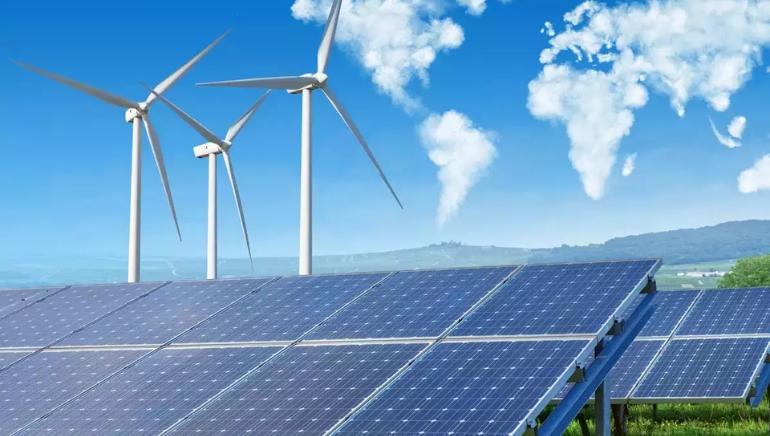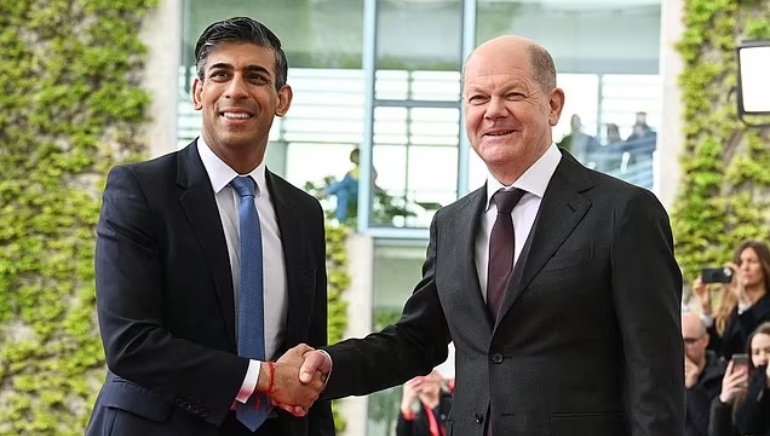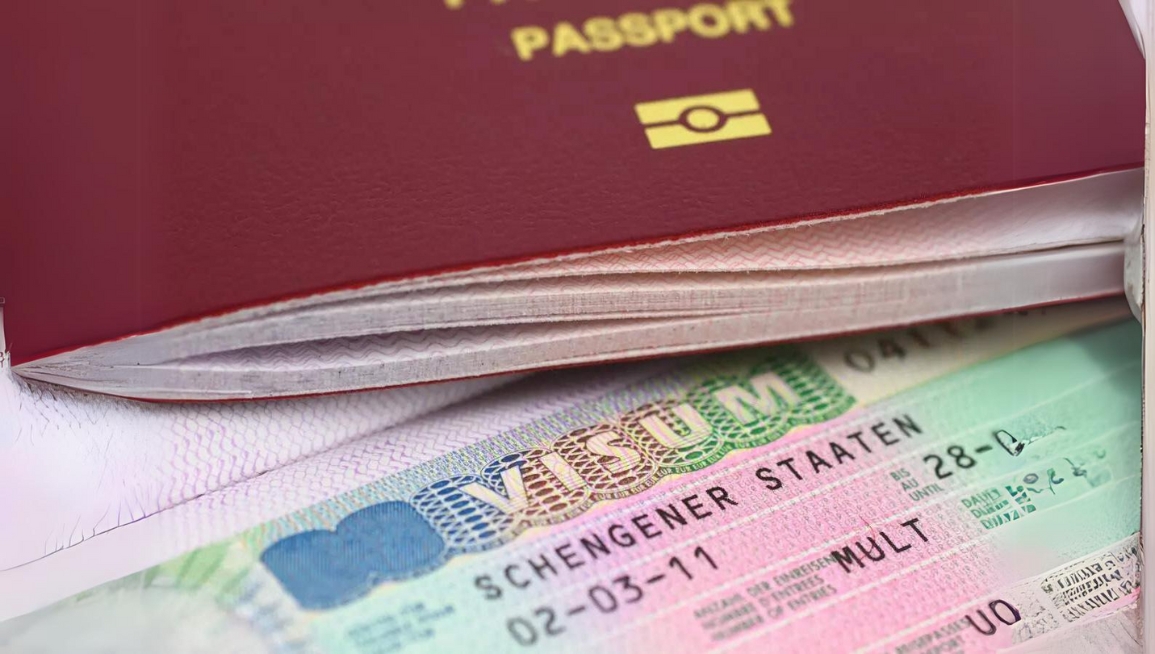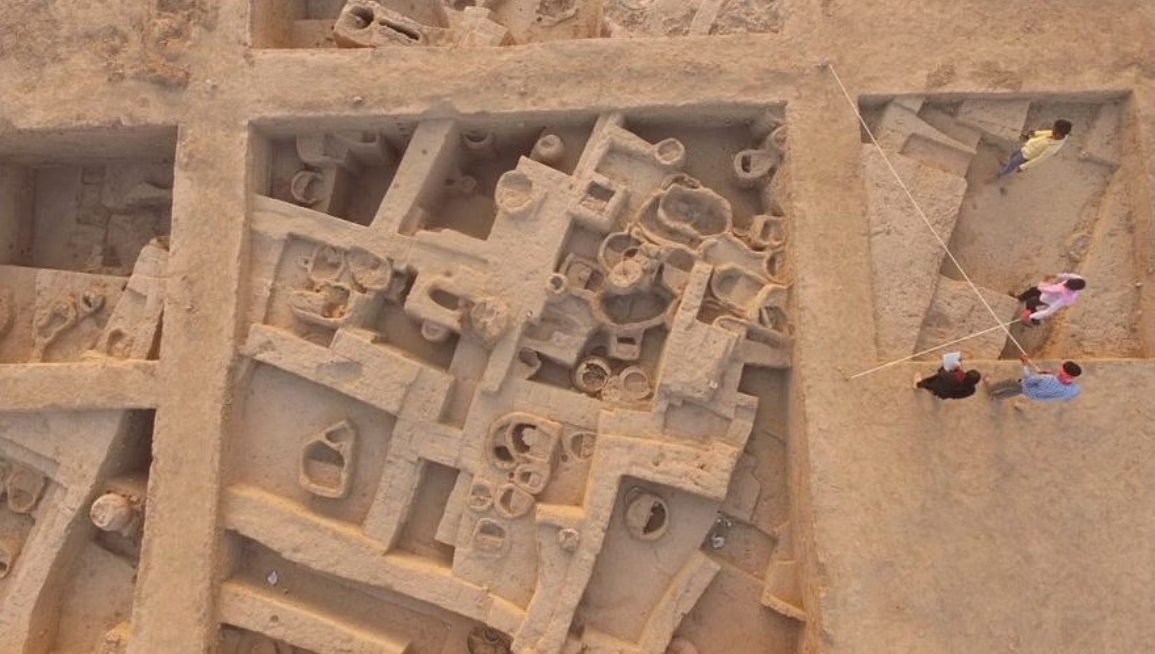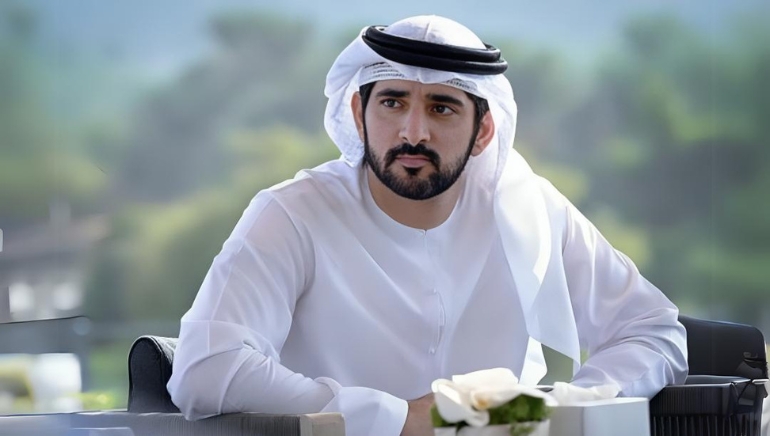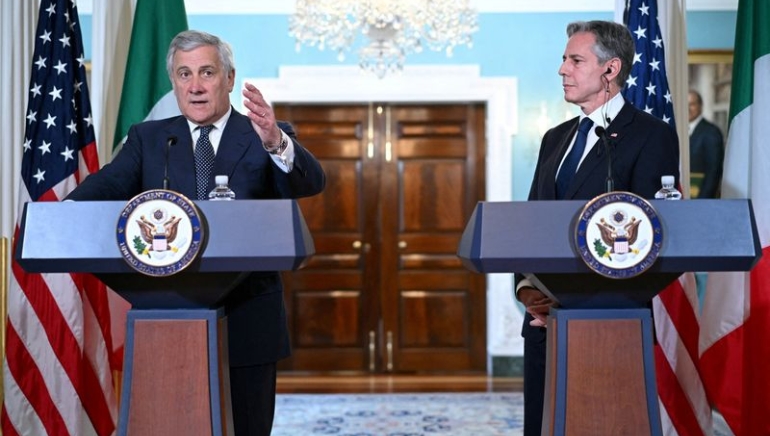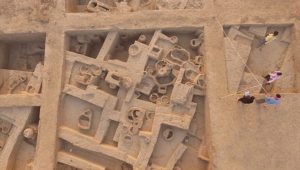Japan is all set for a significant surge in clean power generation in 2024. According to data from energy think tank Ember, clean electricity output during January and February reached 52.67 terawatt hours (TWh), the highest in at least five years. This marks a notable 12.4% increase from the same period in 2023.
Japan’s power firms reduced fossil fuel-based generation by 6%, the lowest since 2019. As a result, clean power sources accounted for 31.6% of Japan’s electricity in the first two months of 2024, up from 28% in 2023.
During this period, solar power emerged as Japan’s primary clean energy source, generating over 14 TWh, followed by nuclear reactors, hydro dams, and bioenergy plants. All clean energy sources witnessed growth, with nuclear, hydro, and bioenergy registering double-digit increases. Conversely, coal and gas-fired generation saw declines of 2.3% and 5.5%, respectively.
With peak solar and hydro output periods approaching, utilities are expected to further boost clean power generation, possibly reaching levels not seen since Japan curtailed nuclear output after the 2011 Fukushima disaster. Additionally, Japan’s solar electricity generation historically surges by approximately 70% during the summer months of May through August.





